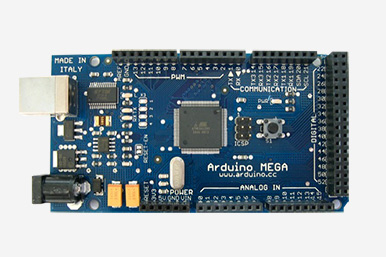Open source hardware 2008
Open source hardware 2008
The MAKE: guide to open source hardware projects in 2008 from: http://blog.makezine.com/archive/2008/11/_draft_open_source_hardwa.html
 What is open source hardware? Briefly, these are projects that creators have decided to completely publish all the source, schematics, firmware, software, bill of materials, parts list, drawings and "board" files to recreate the hardware - they also allow any use, including commercial. Similar to open source hardware like Linux, but hardware centric.
What is open source hardware? Briefly, these are projects that creators have decided to completely publish all the source, schematics, firmware, software, bill of materials, parts list, drawings and "board" files to recreate the hardware - they also allow any use, including commercial. Similar to open source hardware like Linux, but hardware centric.
This is one of the new and emerging trends we've seen really take off over the last few years. Each year we do a guide to all open source hardware and this year there are over 60 projects/kits - it's incredible! Many are familiar with Arduino (now shipping over 60,000 units) but there are many other projects just as exciting and filled with amazing communities - we think we've captured nearly all of them in this list. Some of these projects and kits are available from MAKE others from the makers themselves or other hardware manufacturers - but since it's open source hardware you can make any of these yourself, everything is available.
High Speed Photography using the Arduino

 Using a laser and sensor to create an electronic trip wire, this high tech photographer used the Arduino programmer to capture high speed pictures of liquid droplets, creating this outstanding collection of photographs. His photos can be seen below, and you can learn how to make your own with the full tutorial and project code. Some low priced lasers and other project supplies are required.
Using a laser and sensor to create an electronic trip wire, this high tech photographer used the Arduino programmer to capture high speed pictures of liquid droplets, creating this outstanding collection of photographs. His photos can be seen below, and you can learn how to make your own with the full tutorial and project code. Some low priced lasers and other project supplies are required.
 Scientific computing and instrumentation
Scientific computing and instrumentation

